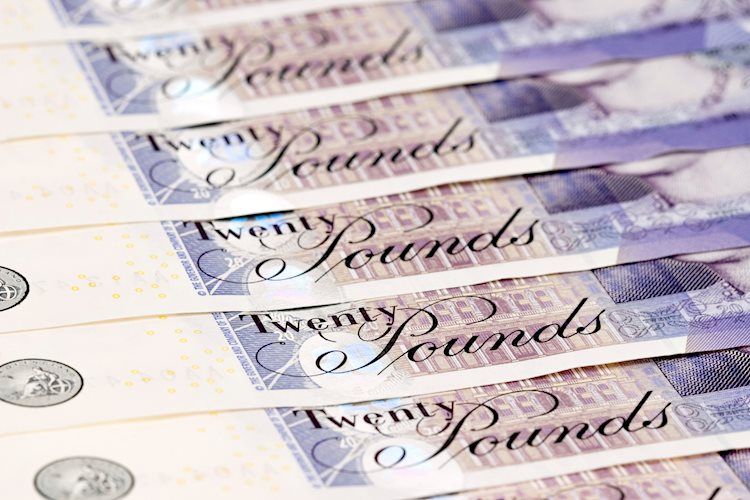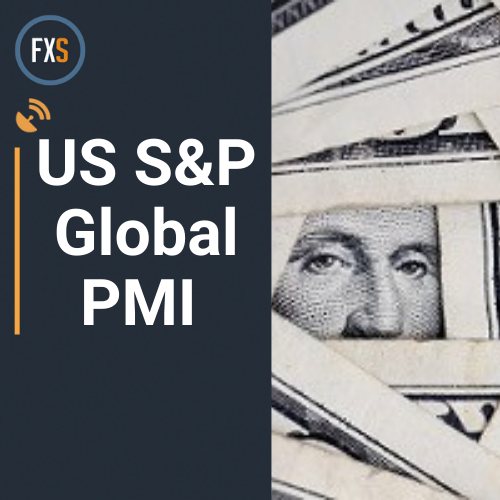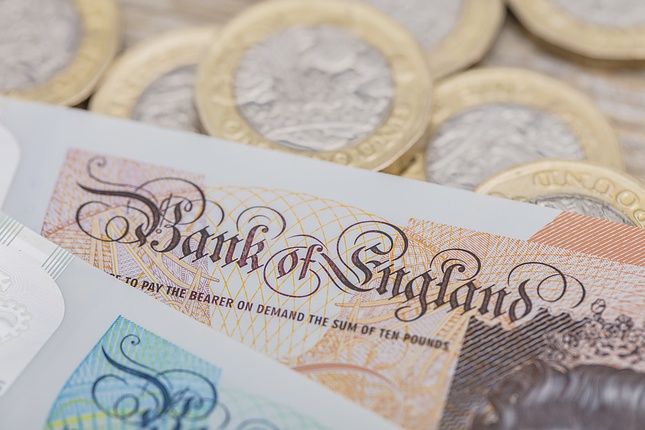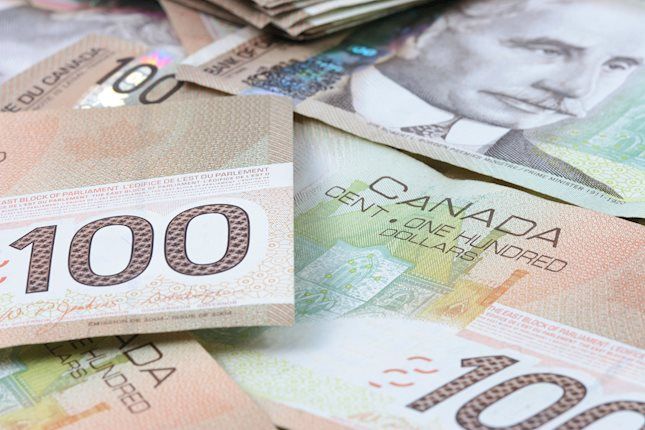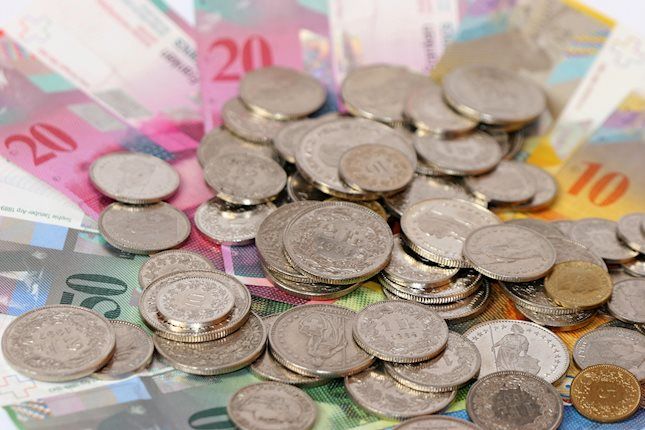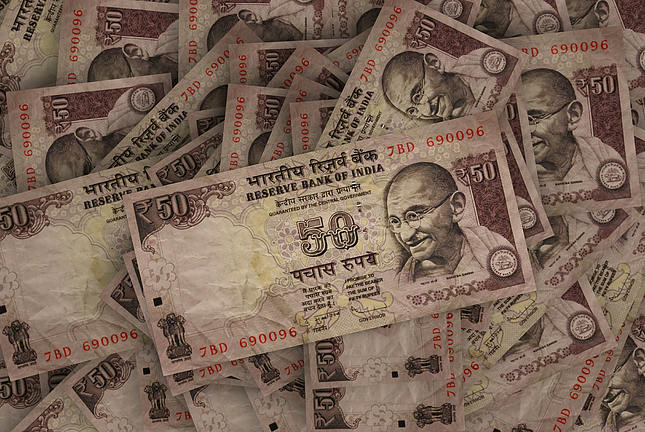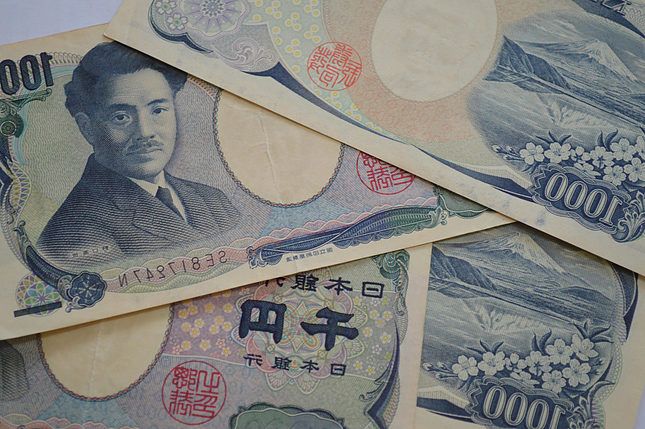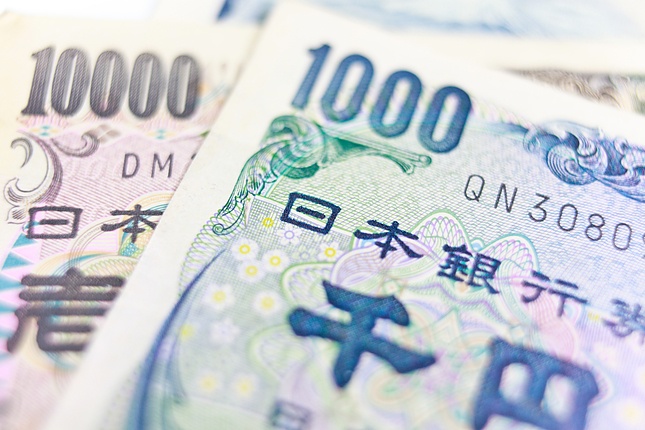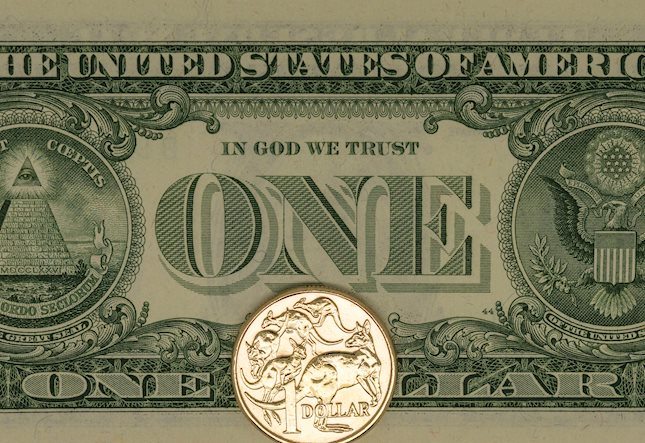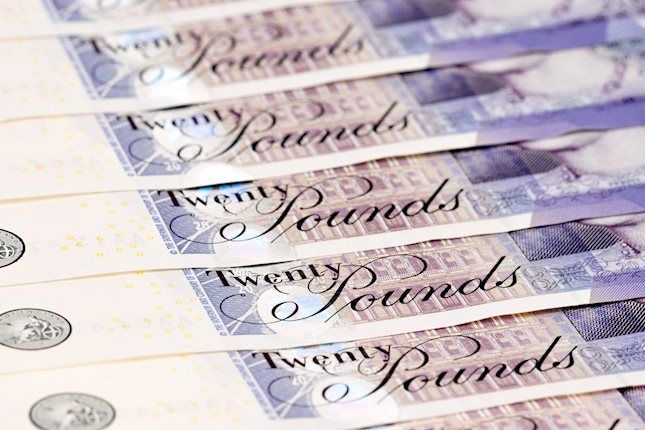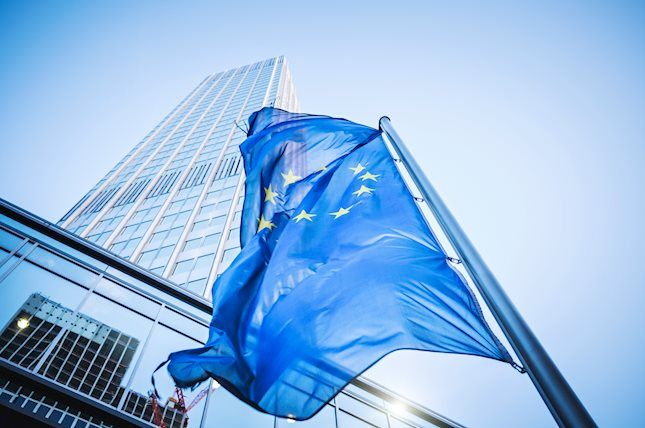GBP/USD trades below 1.2950 near 10-week lows, PMI figures awaited
- GBP/USD holds ground ahead of PMI data release from both nations.
- BoE Governor Andrew Bailey indicated that inflation is currently below the target level primarily because of annual base effects.
- The US Dollar may appreciate due to the prevailing sentiment of nominal rate cuts by the Fed in 2024.
The GBP/USD pair trades around 1.2930 during the Asian session on Thursday, staying near its 10-week low of 1.2907 reached on Wednesday. Traders are likely to focus on the Purchasing Managers Index (PMI) figures from both the United Kingdom (UK) and the United States (US), which are scheduled for release during the day.
During a discussion at the Institute of International Finance's annual membership meeting in Washington, D.C., on Wednesday, Bank of England Governor Andrew Bailey stated that inflation is currently below target due to annual base effects. Bailey noted that the high savings rate indicates consumer caution and added that pension funds should not be required to make compulsory allocations to UK assets.
The upward movement of the GBP/USD pair can be linked to a slight decline in the US Dollar (USD), influenced by lower US Treasury yields. As of this writing, the 2-year and 10-year yields on US Treasury bonds are at 4.06% and 4.22%, respectively. However, the US Dollar Index (DXY), which measures the USD's value against six major currencies, surged to its highest level since late July, reaching 104.57 on Wednesday.
The US Dollar may further appreciate as signs of economic resilience and increasing inflation concerns have diminished the likelihood of a significant rate cut by the Federal Reserve in November. According to the CME FedWatch Tool, there is an 88.9% probability of a 25-basis-point rate cut, with no expectation for a larger 50-basis-point cut.
Pound Sterling FAQs
The Pound Sterling (GBP) is the oldest currency in the world (886 AD) and the official currency of the United Kingdom. It is the fourth most traded unit for foreign exchange (FX) in the world, accounting for 12% of all transactions, averaging $630 billion a day, according to 2022 data. Its key trading pairs are GBP/USD, also known as ‘Cable’, which accounts for 11% of FX, GBP/JPY, or the ‘Dragon’ as it is known by traders (3%), and EUR/GBP (2%). The Pound Sterling is issued by the Bank of England (BoE).
The single most important factor influencing the value of the Pound Sterling is monetary policy decided by the Bank of England. The BoE bases its decisions on whether it has achieved its primary goal of “price stability” – a steady inflation rate of around 2%. Its primary tool for achieving this is the adjustment of interest rates. When inflation is too high, the BoE will try to rein it in by raising interest rates, making it more expensive for people and businesses to access credit. This is generally positive for GBP, as higher interest rates make the UK a more attractive place for global investors to park their money. When inflation falls too low it is a sign economic growth is slowing. In this scenario, the BoE will consider lowering interest rates to cheapen credit so businesses will borrow more to invest in growth-generating projects.
Data releases gauge the health of the economy and can impact the value of the Pound Sterling. Indicators such as GDP, Manufacturing and Services PMIs, and employment can all influence the direction of the GBP. A strong economy is good for Sterling. Not only does it attract more foreign investment but it may encourage the BoE to put up interest rates, which will directly strengthen GBP. Otherwise, if economic data is weak, the Pound Sterling is likely to fall.
Another significant data release for the Pound Sterling is the Trade Balance. This indicator measures the difference between what a country earns from its exports and what it spends on imports over a given period. If a country produces highly sought-after exports, its currency will benefit purely from the extra demand created from foreign buyers seeking to purchase these goods. Therefore, a positive net Trade Balance strengthens a currency and vice versa for a negative balance.
Forex News
Keep up with the financial markets, know what's happening and what is affecting the markets with our latest market updates. Analyze market movers, trends and build your trading strategies accordingly.
